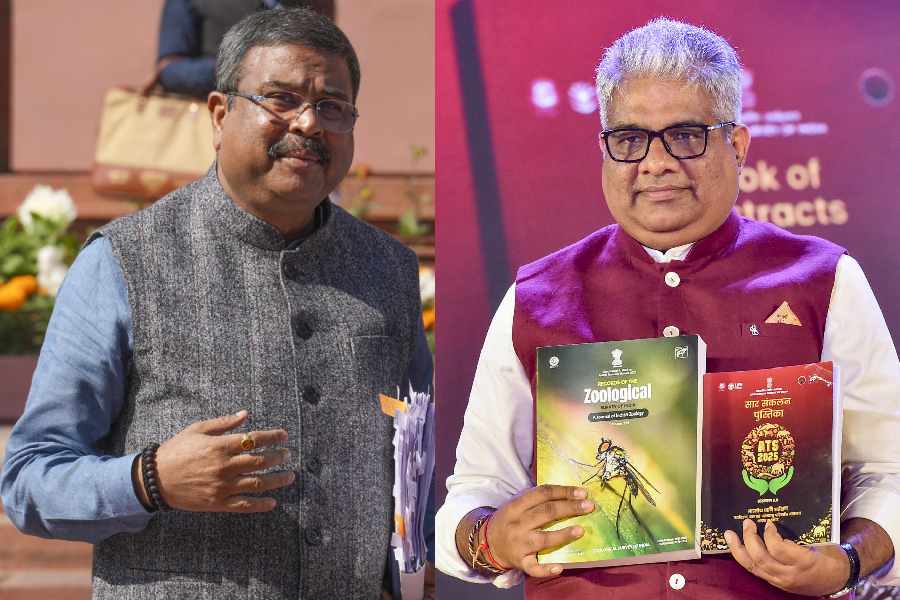 |
| A model in a modern Mising bridal dress |
Guwahati, April 18: What is a Mising girl most likely to wear on her wedding day?
Mekhela chador, of course!
“Wrong,” fashion designer Anamika Patiri would say. For, thanks to her, next time a Mising girl gets married, she will have 100 years of bridal fashion to choose from.
And that is not just a variation of the ubiquitous mekhela chador.
The designer, who won rave reviews at her very first fashion show for her attention to detail, is now documenting the evolution of Mising bridalwear over the past century.
“What a typical Mising bride used to look 100 years back is vastly different from her new avatar,” says Anamika.
“My research will peep into the style statement of a typical Mising bride. Earlier, bridalwear was less chic and more conservative, which represented the simple living habits of the village belle. With time, change is inevitable. In a way, my research charts the preferences of women on their big day down the ages,” said Anamika, who took up the project on behalf of a recently-floated voluntary organisation, Mising Cultural Foundation, in Guwahati. In order to understand the nuances of Mising craftsmanship, Anamika spent days speaking to ethinic handloom artisans. Mising women of all age groups also came to her aid.
In her study, Anamika has divided Mising bridal wear into five stages.
In the first stage, titled “ancient”, a Mising bride wears an eri mekhela with the traditional Mising flower motif, and a gero (a piece of cloth) tied on the waistline, a gero to cover her chest and a yambo as veil.
The second stage shows the bride in a mugar mekhela, mugar riha (a piece of cloth) and veil.
In the third phase, the bride is seen wearing the mekhela chador, riha and blouse.
In the fourth stage, the bride sports mekhela chador, gero and blouse.
In the fifth stage, the “modern” stage, the Mising bride dons silk mekhela chador, almost resembling an Assamese bride.
Anamika’s research will soon be showcased at a fashion show organised by the Mising Cultural Foundation.
“There is no doubt that the traditional Mising fabric is quite rich and gorgeous. Through the bridal fashion show, we will try to bring to the fore the richness of the Mising weaving tradition. And this tradition certainly deserves to be preserved,” says Anamika.










